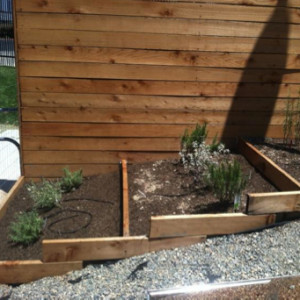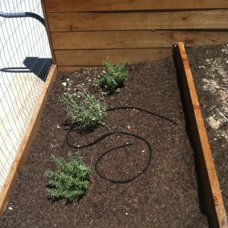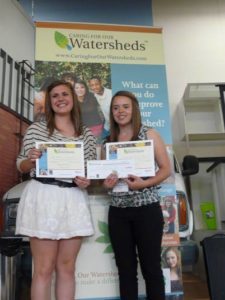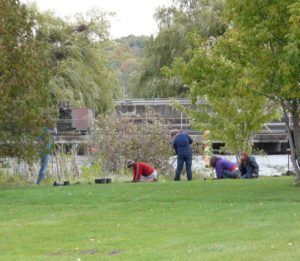2012 Davis, California, USA
Da Vi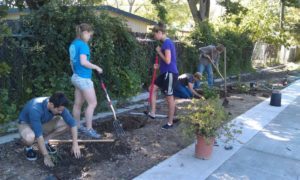 nci High School students Brenna Mockler, Nathan Lefkoff, Juliana Arvin, and Innis McComb placed 4th in the 2012 Caring for Our Watersheds contest for their idea to plant a native pollinator garden on their school campus. Their garden will serve to increase plant diversity on campus, provide habitat and nectar sources for pollinators, as well as create a space where students can learn about California native plants. In their proposal, they also pointed out that by planting native drought-resistant species, they will help to conserve water, support insect and butterfly populations, and beautify their campus. The garden will also be incorporated into the Botany class curriculum at school. This hands-on project has already deepened their knowledge of native plants and pollinator conservation. They hope it will continue to have the same effect on students at Da Vinci in years to come.
nci High School students Brenna Mockler, Nathan Lefkoff, Juliana Arvin, and Innis McComb placed 4th in the 2012 Caring for Our Watersheds contest for their idea to plant a native pollinator garden on their school campus. Their garden will serve to increase plant diversity on campus, provide habitat and nectar sources for pollinators, as well as create a space where students can learn about California native plants. In their proposal, they also pointed out that by planting native drought-resistant species, they will help to conserve water, support insect and butterfly populations, and beautify their campus. The garden will also be incorporated into the Botany class curriculum at school. This hands-on project has already deepened their knowledge of native plants and pollinator conservation. They hope it will continue to have the same effect on students at Da Vinci in years to come.
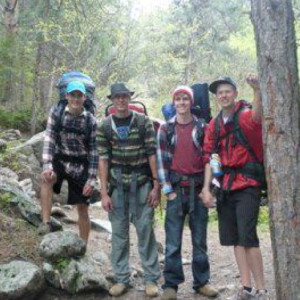
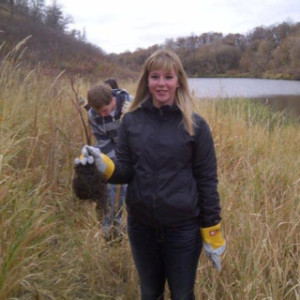
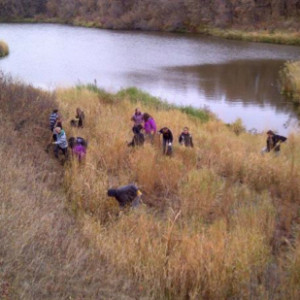

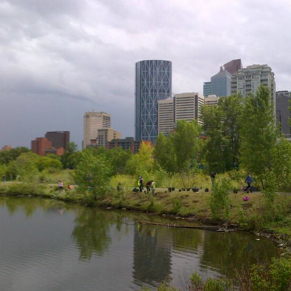

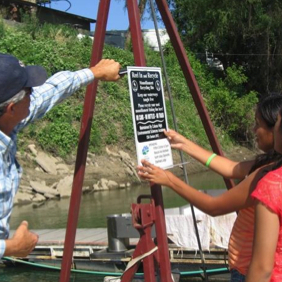
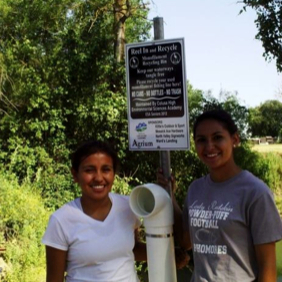 They visited each landing ahead of time to see where the best place would be to put the containers, conferring with the landing owners and staff. With full support and permission of the landing operators, they installed the containers and signs. Nutrien provided $342 in implementation funds for the project, which will be an ongoing effort carried on by the students at Colusa High School during Environmental Science Academy service hours. They are thankful that they were able to make their idea a reality and provide a simple solution to a problem in their watershed!
They visited each landing ahead of time to see where the best place would be to put the containers, conferring with the landing owners and staff. With full support and permission of the landing operators, they installed the containers and signs. Nutrien provided $342 in implementation funds for the project, which will be an ongoing effort carried on by the students at Colusa High School during Environmental Science Academy service hours. They are thankful that they were able to make their idea a reality and provide a simple solution to a problem in their watershed!
